Question 8 Chapter 1 – Unimax
8. Calculate Merchandise Cost, gross profit and net income from the following:
| Rs. | |
| Purchases (3,000 articles) | 25,000 |
| Freight | 1,500 |
| Local Taxes | 1,000 |
| Salaries | 2,500 |
| Shop Rent | 500 |
| Godown Rent | 500 |
| Electric Charges | 600 |
| Municipal Taxes | 200 |
| Stationery | 250 |
| Furniture (estimated life 5 years) | 12,000 |
| Sales (2,700 Articles) | 32,000 |
The solution of Question 8 Chapter 1 – Unimax:
| Merchandise Cost | = Opening Stock + Net Purchases + Direct Expenses – Closing Stock (from see it working note) |
| = Rs. Nil +25,000 +2,500-2,750 | |
| = Rs. 24,750 | |
| Gross Profit | = Net Sales – Merchandise Cost |
| = Rs. 32,000-24,750 | |
| = Rs. 7,250 | |
| Net Income | = Gross Profit- Indirect ( Operating Expenses) |
| = Rs. 7,250- 6,950 | |
| = Rs. 300 |
Working Notes: –
| 1. Calculation of Closing Stock | |
| Total number of articles purchased | 3,000 |
| Less number of articles sold | 2,700 |
| Number of Remaining articles | 300 |
| Total Cost of 3,000 articles | 25,000 |
| Add Direct Expenses (Freight, Local Taxes) | 2,500 |
| Total Cost of 3,000 articles | 27,500 |
| If number of articles 3,000 then cost | 27,500 |
| If number of article 1 then cost | 27,500 |
| 3,000 |
| If number of articles 300 then cost = | 27,500 | X 300 articles |
| 3,000 |
Closing Stock = Rs. 2,750
2. Calculation of Indirect Expenses
| Salaries | 2,500 |
| Shop Rent | 500 |
| Godown Rent | 500 |
| Electric Charges | 600 |
| Municipal Taxes | 250 |
| Stationery | 200 |
| Depreciation on Furniture (12,000/5 years) | 2,400 |
| Indirect Expenses | 6950 |
This is all about the Question 8 Chapter 1 – Unimax. You can check out the following article to better understand:
Financial Accounting Terminology
You Can also read all above articles in Hindi on our Hindi Website
Financial Accounting Terminology – Explained in Hindi
Thanks, Please Like and share with your friends
Comment if you have any doubt in the Question 8 Chapter 1 – Unimax.
Advertisement-X
You can also Check out the solved question of other Chapters: –
Advanced Accountancy – Unimax Class 11 – 2021 – Solution.
Part-I
- Chapter No. 1 – Introduction of Accounting
- Chapter No. 2 – Theory Base of Accounting
- Chapter No. 3 – Vouchers and Transactions
- Chapter No. 4 – Journal
- Chapter No. 5 – Goods and Services Tax (GST) : An Introduction
- Chapter No. 6 – Ledger
- Chapter No. 7 – Special Purpose Book – Cash Book
- Chapter No. 8 – Other Subsidiary Books
- Chapter No. 9 – Trial Balance
- Chapter No. 10 – Rectification of Errors
- Chapter No. 11 – Depreciation
- Chapter No. 12 – Provision and Reserves
- Chapter No. 13 – Bank Reconlciliation Statement
- Chapter No. 14 – Bills of Exchange
Students may Choose only one part from the Part II and Part III
Part-II
- Chapter No. 15 – Financial Statements (Without Adjustments)
- Chapter No. 16 – Financial Statements (With Adjustments)
- Chapter No. 17 – Accounts from Incomplete Records – Single Entry System
Part-III
- Chapter No. 18 – Introduction to Compurters and Accounting information System
- Chapter No. 19 – Computerised Accounting
- Chapter No. 20 – Accounting Software : Tally
- Chapter No. 21 – Data Base System
- Chapter No. 22 – Concept of Entity and Relationship
You can also Check out the other Books’ Solution: –
- Usha Publication – Elements of Book-Keeping PSEB (Class 11) – Solution
- T.S. Grewal’s Double Entry Book Keeping (Class +1) – Solution
- D K Goel – New ISC Accountancy -(Class 11 – ICSE)- Solution

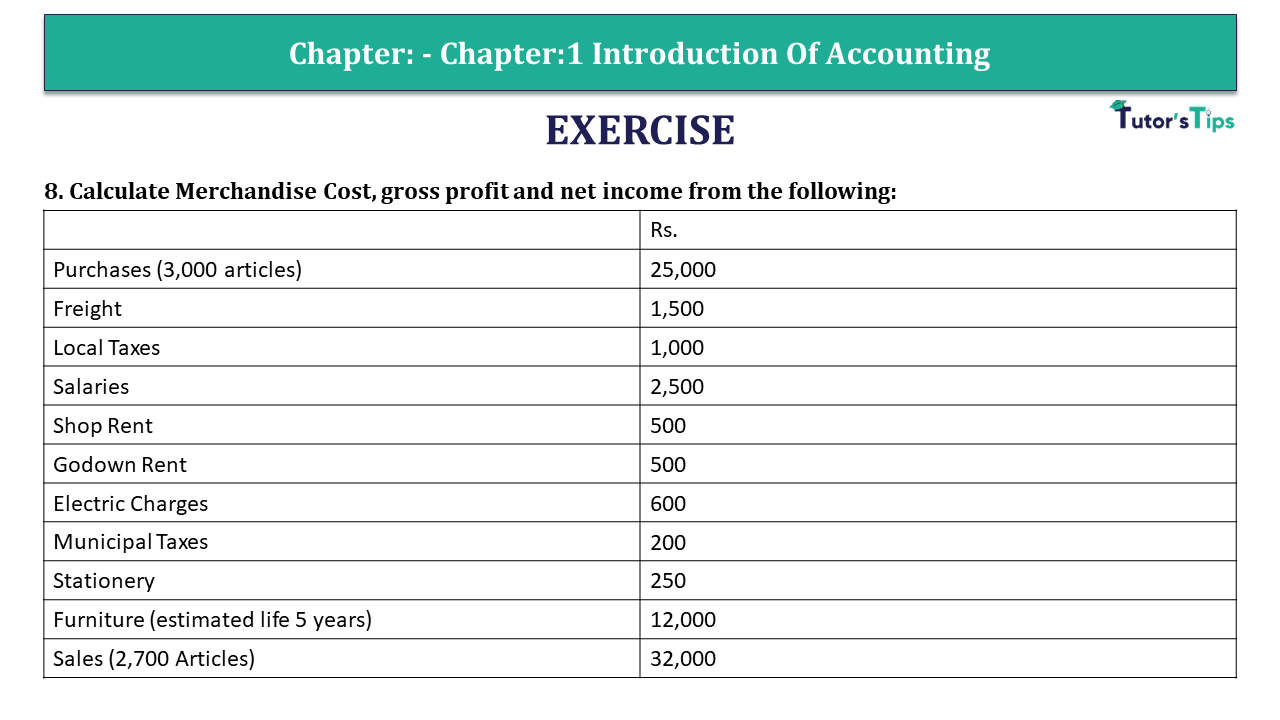
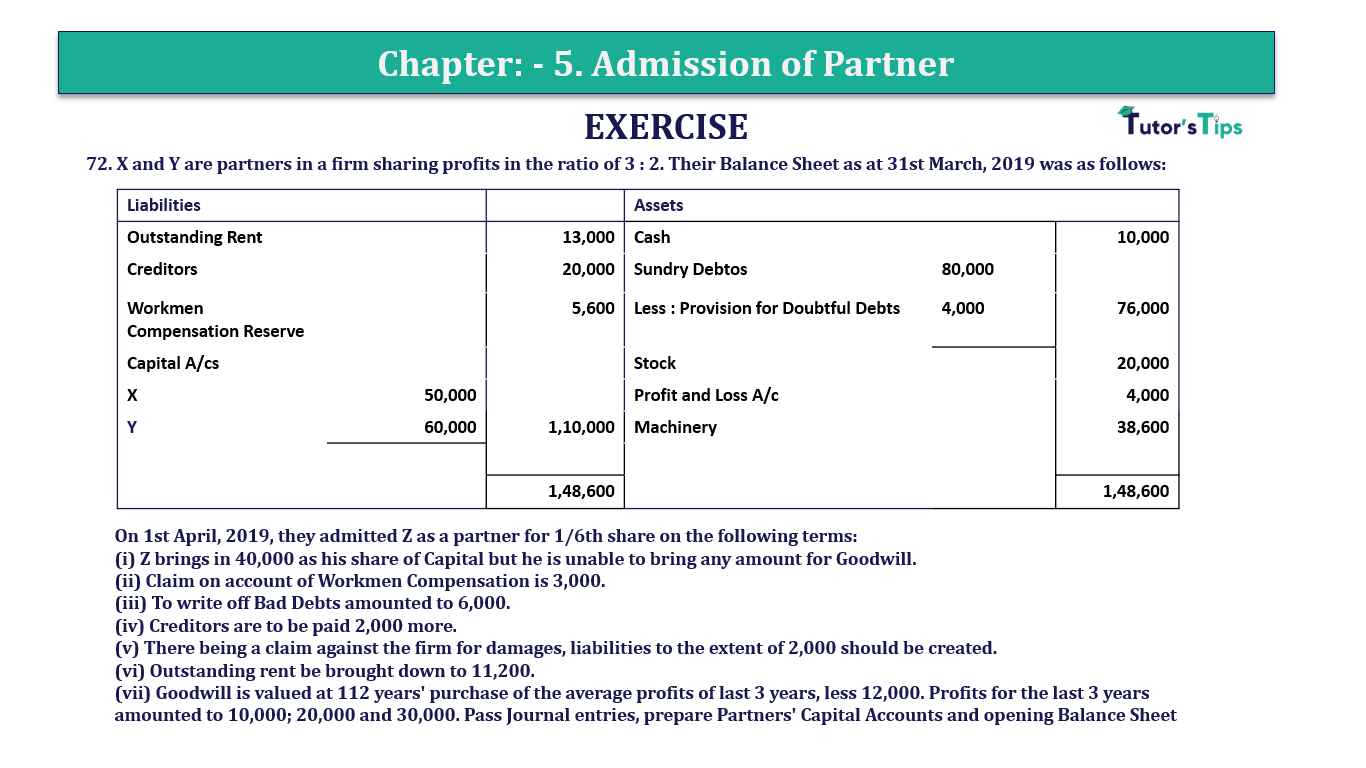
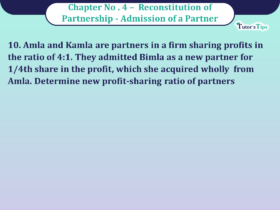

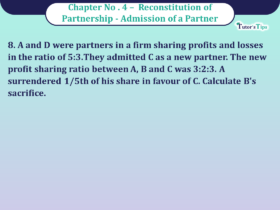
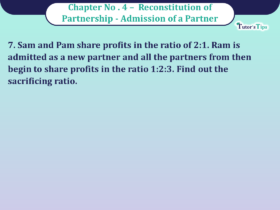
1 Comment